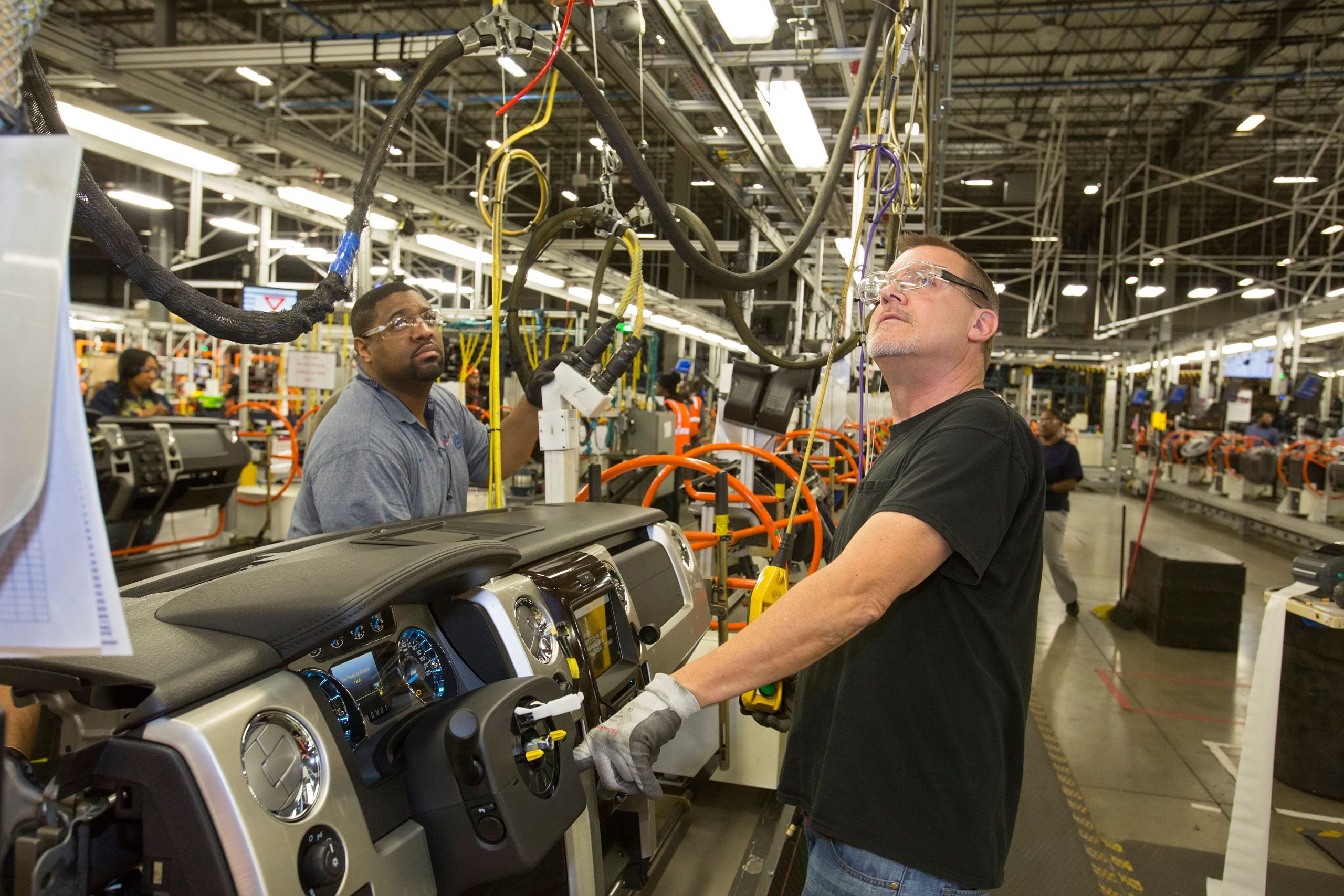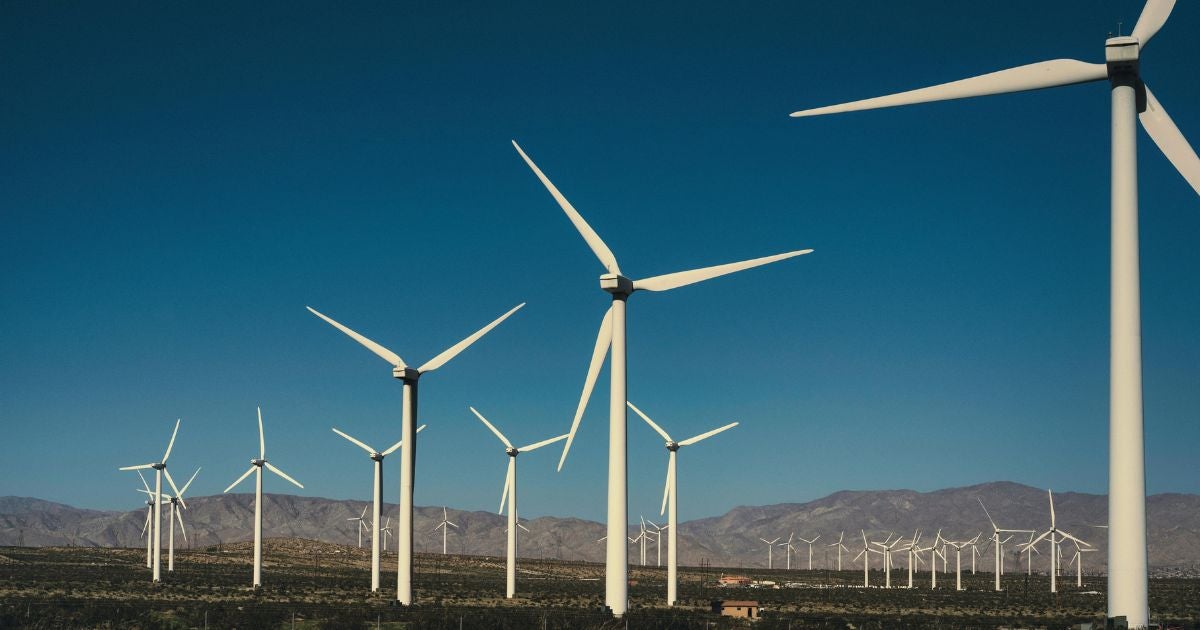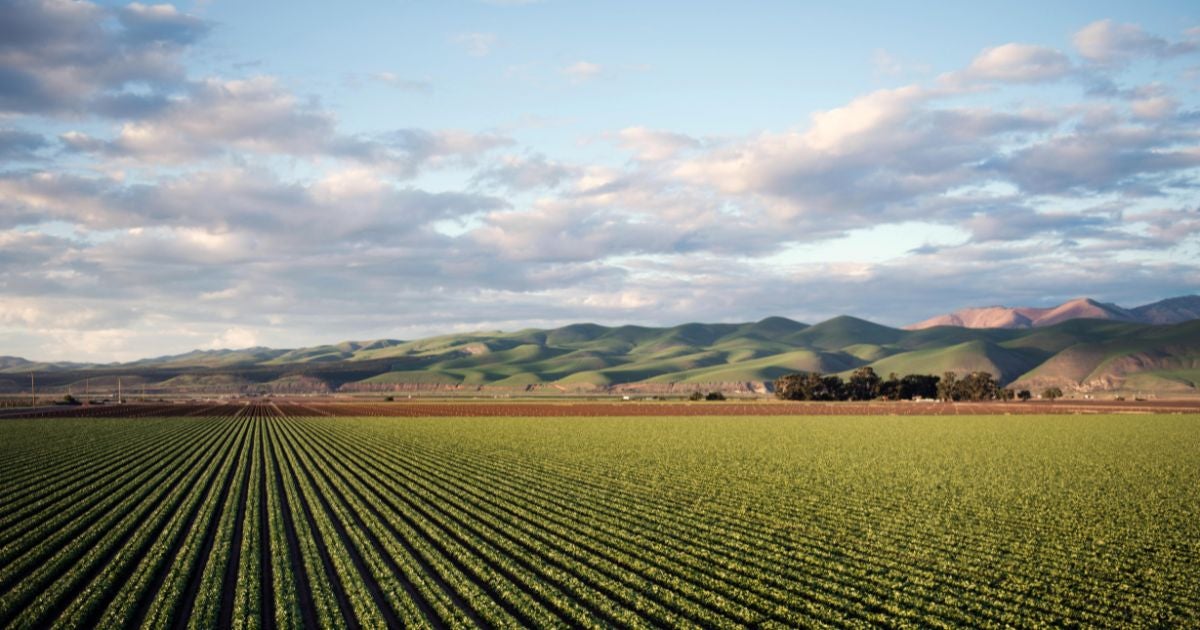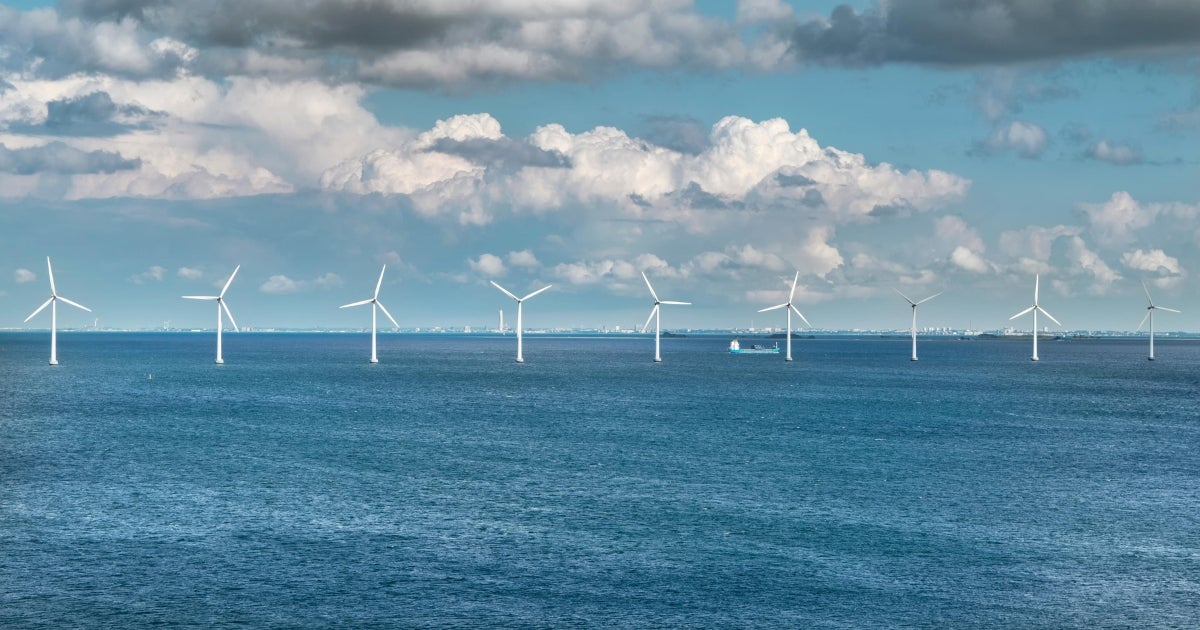The Fourth International Financing for Development Conference (FfD4) in Seville will convene critical discussions about how to reshape the global financial architecture in an era of converging crises. As we grapple with persistent development challenges and the escalating impacts of climate change, this conference presents a vital moment to re-evaluate how climate and development finance intersect. Read More
Climate 411
At the Financing for Development Conference, an opportunity to make climate and development finance go further
Cap-and-invest program continues to drive down climate pollution and raise investments in Washington state
Results were released today for Washington’s second cap-and-invest auction of the year, administered last Wednesday by the Department of Ecology (Ecology). During the auction, participating entities submitted their bids for allowances. Under the Climate Commitment Act — Washington’s landmark climate law that sets a binding, declining limit on pollution — major emitters in Washington are required to hold one allowance for every ton of greenhouse gas they emit, with the total number of allowances decreasing each year. This system requires Washington’s polluters to reduce their emissions in line with the state’s climate targets, as fewer allowances become available annually.
Jobs in Jeopardy: Undermining federal support for electric vehicles threatens U.S. employment
 The U.S. auto industry has just started finding its footing with electric vehicles (EVs). Jobs are now booming across the Midwest and the new “battery belt” in the South.
The U.S. auto industry has just started finding its footing with electric vehicles (EVs). Jobs are now booming across the Midwest and the new “battery belt” in the South.
But new evidence shows that the rollback of federal tax and regulatory policies poses critical risks to this progress.
A recent report commissioned by Environmental Defense Fund found that EV manufacturing investments reached almost $200 billion over the last ten years. 65% of that came in the last two and a half years – since Congress passed laws that spurred that growth, including the Inflation Reduction Act (IRA).
The report also found that manufacturers have announced 195,000 EV-related jobs in the U.S., and that EV and battery manufacturing could generate up to 826,000 additional jobs in the broader economy.
These investments are being made in communities across the country. Many are the largest investments the states or counties have ever seen. But these investments and jobs are now in peril.
California is on the path to a regional electricity market
This is the first in a blog series on the opportunities presented by the Pathways Initiative, focused on California. Check back for additional publications in the series coming soon.
California has taken a critical first step towards creating a cheaper, cleaner and stronger grid through the creation of a Western regional electricity market. By working more with its neighbors, California can unlock new clean energy technologies across the West, including offshore wind, long duration energy storage and other clean options that can take a long time to build. This type of cooperation will be essential to keep costs low as California both cleans up its existing electric grid to cleaner options and triple its size to help decarbonize the rest of the economy.
California auction results underscore need for ambition and certainty in cap-and-trade market
Results were released today for California’s fourth cap-and-trade auction of the year, which was administered last week by the California Air Resources Board (CARB). Auction prices in the joint California-Quebec market (known as the Western Climate Initiative, or WCI) have trended downward this year, reflecting growing uncertainty among market participants about how best to plan their compliance strategies in the absence of regulatory or legislative clarity. A clear commitment to ambitious reductions in climate pollution and long-term market stability are urgently needed.
North Carolina can still avoid huge amounts of emissions (and stranded carbon emitting assets) under the state’s Carbon Plan Law. Here’s how.
On November 1, the North Carolina Utilities Commission issued an order in the Carbon Plan docket, almost two months ahead of schedule. It largely ratifies an agreement reached by Duke Energy and the state’s Public Staff, who are charged with protecting the state’s ratepayers. While the Commission drops the requirement for Duke Energy to model hitting the 70% carbon emission reduction by 2030 in state law, largely due to a boom in electricity demand, the utility is still required to take “all reasonable steps” to hit the target by the “earliest possible date.” Which begs the question, what is the earliest possible date? A new white paper from EDF comes to the conclusion that North Carolina can still hit the target by 2032, even with the new carbon-emitting resources moving forward under this order.













